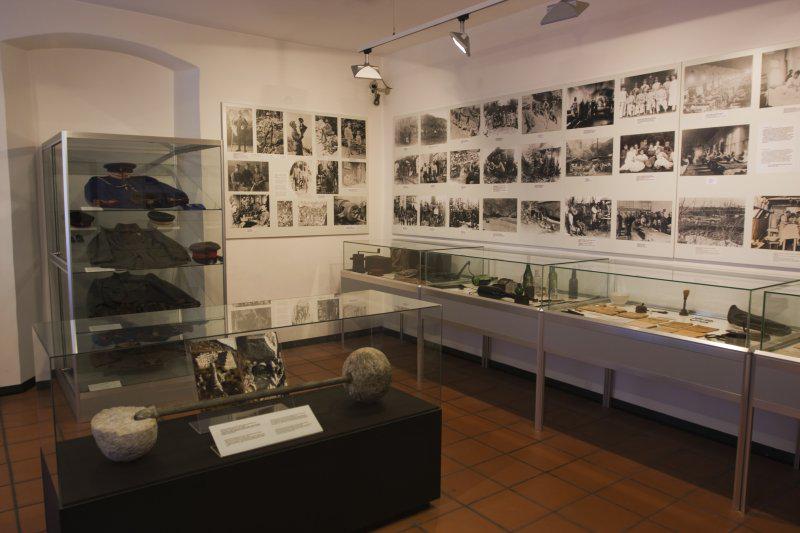
The Museum became a success story almost overnight. The number of visitors exceeded all expectation, and already in the third year of its existence it received the Council of Europe prize, following the highest Slovenian museum award, the Valvazor prize, awarded to the Kobarid Museum the year before.
"We got a number of reproaches. From the accusation that we were marketing war, and that we should not make profit out of war, and that we lacked expertise. But obviously, the understanding of the story of the First World War was crucial for our success," Jože Šerbec contemplates on the conception of the Museum.
The Museum became a trade mark within the tourism in the Isonzo valley, and with historical tourism it is keeping up with the offer of adrenaline sports, festival events, and gastronomy. The Museum won the place of a central institution, which preserves and protects the heritage of the Isonzo front within the national and wider space.
"There have always been wars, and there will be wars in future. Where wars are concerned, human memory is short. At the very entrance of the Museum we encounter the human essence. Eros and Thanatos. Life and death. It is difficult to find a more important topic. We are not speaking of technical heritage, we are not collectors. We present the war as an act, during which the state sacrifices generations at its altar. And it is a very bad thing."
Last year 54,000 visitors to the Museum were recorded, which is mush above the Slovenian average. 90% of the revenue comes from the sold entrance tickets, while in general the other Slovenian museums have just the opposite percentage.
M. G., TV Slovenija; translated by G. K.

































































